Radicals, Vamps & Doughboys: Getting into the Mind of a 1918 Protagonist
Historical fiction readers and writers use vintage visuals to enhance the imagination and to create colorful and compelling characters.
One of my favorite historical fiction novels is Through a Glass Darkly by Karleen Koen. My college dorm friend holed herself in her room with the paperback for two days, leaving it on my desk after she finally emerged to eat. I began reading, and it didn’t take me long to shove my homework aside until the novel was complete.
In those olden days of the ‘90s with an internet still in its infancy, the library was the premier destination for any type of visual glimpse into past eras. Koen does a masterful job describing the clothing of the early 1700s: men’s suits with stockings and embroidered jackets and women’s dresses made with silk dyed primrose with ivory lace at the sleeves. I revisited this book as an adult and thought it would be fun to put together a Pinterest visual board. If you decide to read Through a Glass Darkly, check out my board here. When I began researching Theda’s Time Machine, the first place I went was to Pinterest to curate a visual on the clothing, hairstyles, military uniforms, cars, etc. But it wasn’t enough, and I wanted to dive into how my characters might think, and what a young women might read in 1918.
Getting into the Minds of Your Characters
As we see in Chapter 2, Theda is having her last hurrah with the anarchist group, knowing that by the time the day ends, she’ll be a marked woman as she foils a major attack. We don’t yet know why Theda is sabotaging her last mission, and we don’t yet know how she got involved with them in the first place (keep reading Theda’s Time Machine and you’ll find out) but it helped me when creating Theda to think about what she might have been reading to take her from a very comfortable life as the educated daughter of a renowned doctor to befriending radicals who resorted to violence.
I first read of Emma Goldman in E.L. Doctorow’s 1975 novel Ragtime, which follows a fictional New York family in the early 1900s as they encounter historical figures such as Evelyn Nesbit (a great read on Nesbit’s life here), Booker T. Washington, Stanford White, Harry Houdini and Emma Goldman. Goldman emigrated to the United States in 1885 from Lithuania and soon became involved in the anarchist movement by holding speaking engagements on worker rights and feminist issues. Goldman didn’t shy away from violence, deeming it a necessary tactic in order to initiate social change. In 1906, she founded a journal titled Mother Earth which was described as “A Monthly Magazine Devoted to Social Science and Literature.”
Emma Goldman in the first issue of Mother Earth in March of 1906:
“MOTHER EARTH will endeavor to attract and appeal to all those who oppose encroachment on public and individual life. It will appeal to those who strive for something higher, weary of the commonplace; to those who feel that stagnation is a deadweight on the firm and elastic step of progress; to those who breathe freely only in limitless space; to those who long for the tender shade of a new dawn for a humanity free from the dread of want, the dread of starvation in the face of mountains of riches. The Earth free for the free individual!”
I imagined Theda suffering the same emotional, post-high school turmoil while stumbling into adulthood and waging family rebellion by dipping into dangerous waters. I saw her on a snowy afternoon, pulling on an old coat and slipping into her alternate identity and heading to the far corners of Philadelphia. Perhaps she sat with handsome Maxim and his crew in smokey coffee shops, reading tattered past issues of Mother Earth, falling for a man who was very, very bad for her.
While Theda is making out with anarchists, engaging in heavy thinking and heading for massive trouble, her older sister, Violet, has developed an obsession with motion pictures. In many ways the Great War era ushered in the modern age. In two years they’ll get the vote. Not satisfied with staying under the protective wing of their parents, women begin to venture into urban areas to find jobs and live on their own. But our Violet, at twenty-two years old, isn’t interested in leaving home for anything less than Mr. Right. In my first drafts, I wrote Violet as vapid, but I realized that my own projections on a young woman in 1918 weren’t fair. For many women in the early 1900s, marrying well was the key to a better life, so who was I to say Violet was shallow for wanting that?
But back to the “flickers,” as Violet would say. The motion picture industry in 1918 was creating the first movie stars like Charlie Chaplin, Mary Pickford, Douglas Fairbanks and Rudolph Valentino. Magazines like Photoplay received bags of letters from women, demanding to know if their favorite movie idols were married, what they liked to eat, and if they could meet them!
In Chapter 4, Violet is thumbing through Photoplay while Theda sits next to her, terrified that as the train is boarded by military police that she’s been found by either the cops or the anarchists. Although Theda is sweating it out in terror, her sister is casually flipping pages, emerged in the pop culture of the day. If Violet is sitting there fan-girling, my question was: who was the Taylor Swift of that era? The biggest stars were on the screen in black and white and didn’t speak!
I wanted to take a peek at those early fan magazines and found examples on Pinterest, but I hit the jackpot on eBay.
The Magicsale store on eBay is a treasure trove because it checks both HFS research boxes: the materials pack a ton of information in one place and at are very reasonably priced (note: I am not affiliated with this store nor am I getting paid for this endorsement). Check out their digital catalog of vintage magazines, medieval Bibles (seriously), film footage and so much more.
Violet swoons over a photo of Rudolph Valentino, whose death in 1926 at age 31 caused women to pass out in the streets. But I wanted to highlight one of the biggest stars of the era, one whose name I borrowed for my main character.
In Chapter 5, Patrick Conlin sees the cinema at Army City has a poster of Cleopatra starring Theda Bara.
Cleopatra of 1917 was a massive hit for Bara, who was nicknamed ‘The Vamp’ for her provocative roles. Cleopatra caused the censors to grab their red pens and film knives, attempting to cut out scenes where Bara’s costumes were the most skimpy. The censorship only fueled the mania to see the picture which was seen by over five million people in its first year. The complete film, along with many of Bara’s films, was tragically lost in the 1937 Fox Films vault fire, but here is a small clip:
While pouring through my issues of Photoplay and Moving Picture World, I came across these promotional ads for Cleopatra:
First African-American Cast in 1919
Time traveling main character Patrick Conlin is an African-American man from the 1940s, who would have had a completely different cinema experience. Racial prejudice and industry bigotry was rampant in the 1940s, but there were more Black screen actors than in 1918. Conlin’s father, who was a Great War veteran of the Harlem Hellfighters (Chapter 3) would have been familiar with Oscar Micheaux, one of the earliest Black movie directors and producers who is widely believed to have shot the first motion picture with an all-Black cast based on his novel The Homesteader.
The Homesteader unfortunately has been lost, but Micheaux created many films in his career in the post World War I era. Watch this clip here.
Other Free or Low-Cost Digital Resources
Facebook groups are a great place to find old photographs. I belong to many that post vintage New York City photos, which I save for the next novel in this series. Speaking of the Big Apple, the New York Public Library has an extensive collection available for free online. I find the site a little hard to navigate when you are just browsing, but if you know specifically what you want, there are thousands of free resources.
Do you have a favorite way to research your historical novel? Leave me a comment below. Thank you for reading!
The Great War, fast cars, time travelers and a major historical event: read Theda’s Time Machine. Start here:


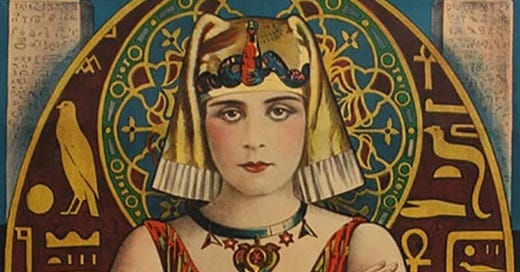


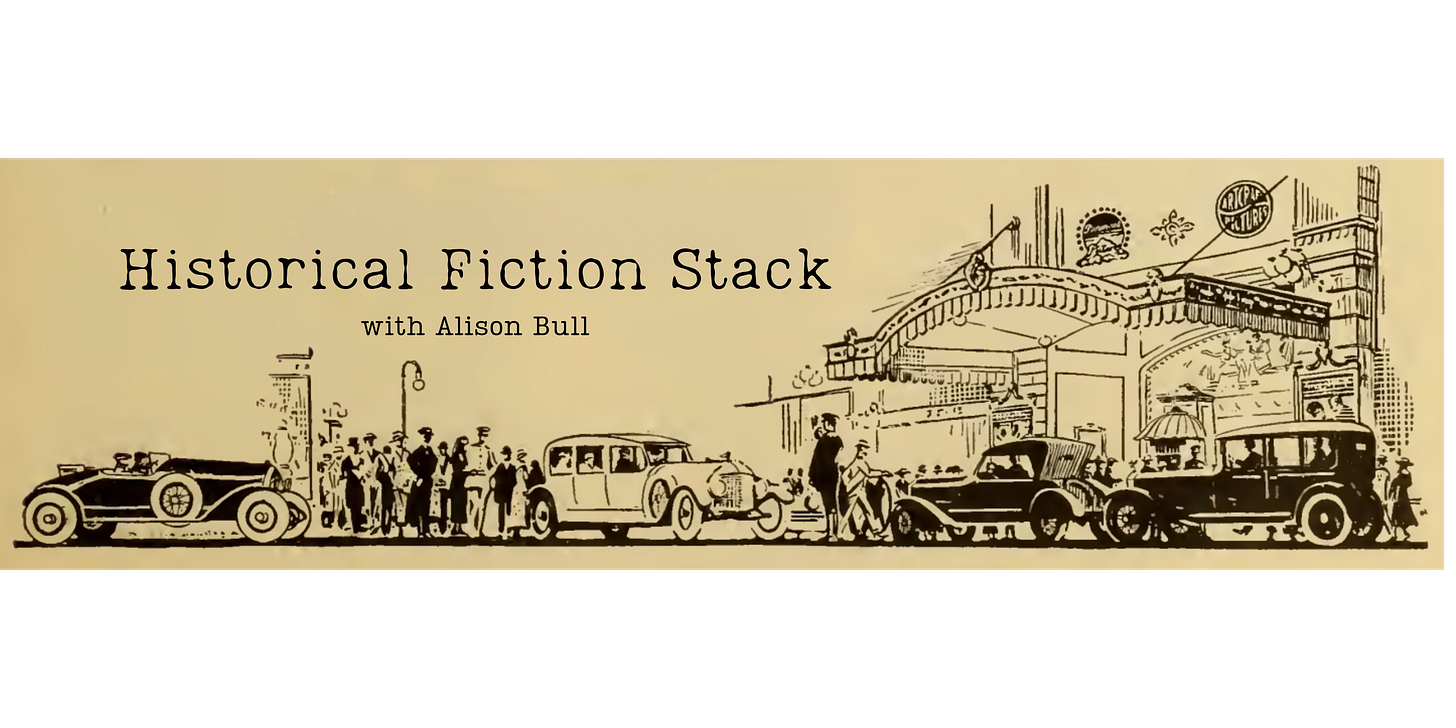
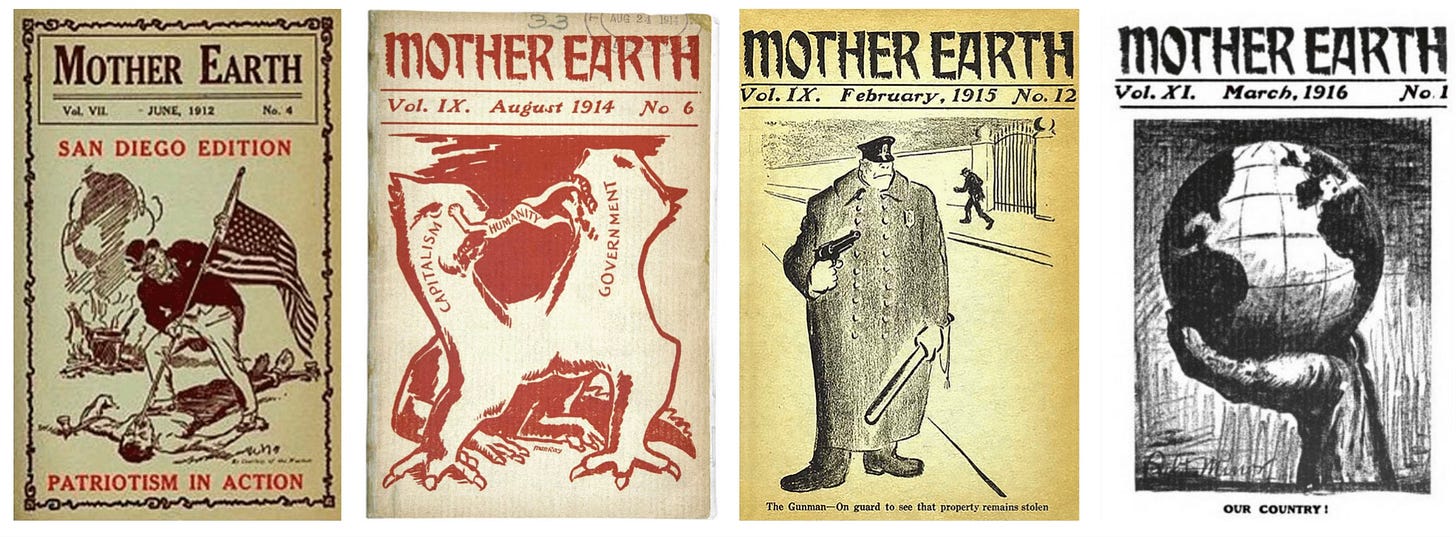



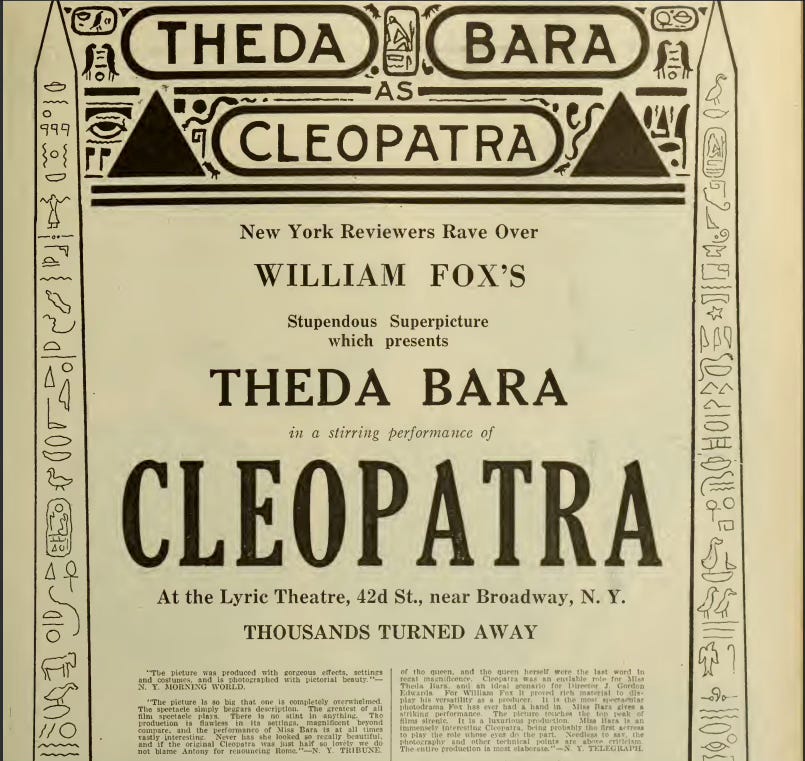
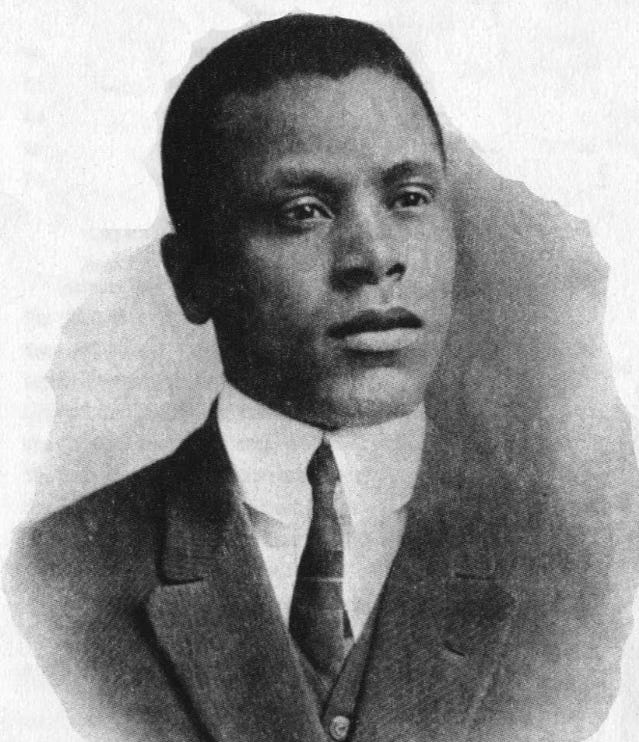



I've always enjoyed Clive Cussler's prologues of historical battles and disasters reimagined, which would lead his present-day characters toward a related adventure. I am a new follower, as I found you in Chuck P's comment section. Here's to hoping you find more that way -- PS: I'm also here in the land of dreams, so of course I must follow you!! Which reminds me -- I've got to get back to that self-published author's book I found in my dentist's office. Rock on, Alison.